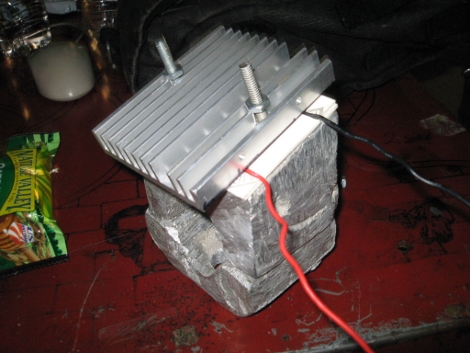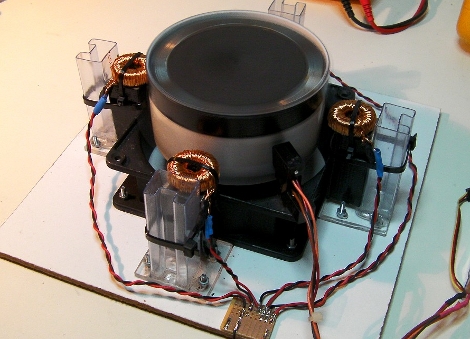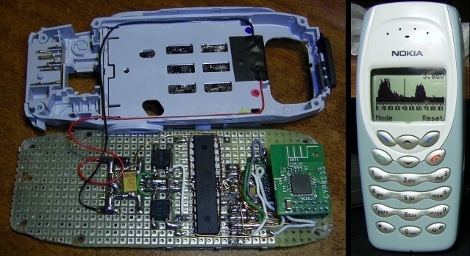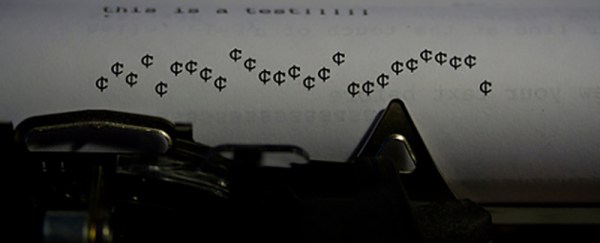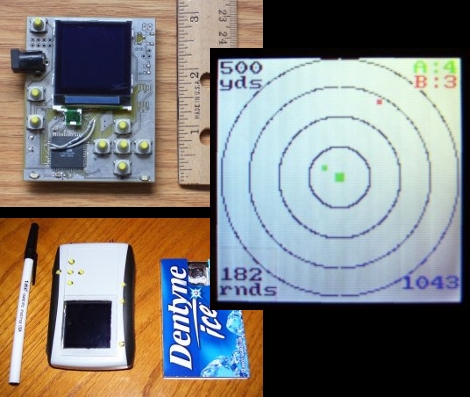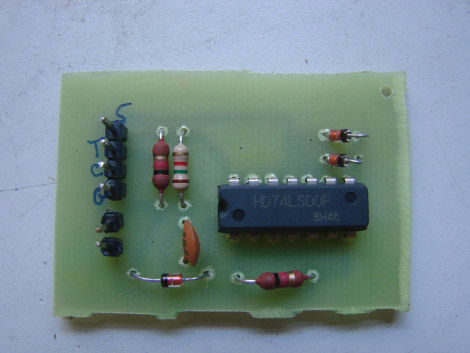
We’re sure that if there had been a pause button on the Atari 2600 people would never have moved on to next-generation systems. Now you can dig the gaming relic out of the closet and pause your Atari games for some good old om nom nom.This hack is from the same person who pulled off the Atari 2600 jukebox. By reverse engineering the signals used on the Onyx Jr., which has a pause button, the halt method became clear.
The problem is that the Onyx Jr. uses a different processor than the 2600. A different processor means a different pin-out, and now the clock signal needed to synchronize the pause cycle was missing. But eureka, an abstract source was found. The ready signal from another chip can be used to judge the state of the processor. The small PCB above now interfaces with the Atari 2600 in order to patch in the pause circuit.
[Thanks again Yuppicide, keep ’em coming!]


